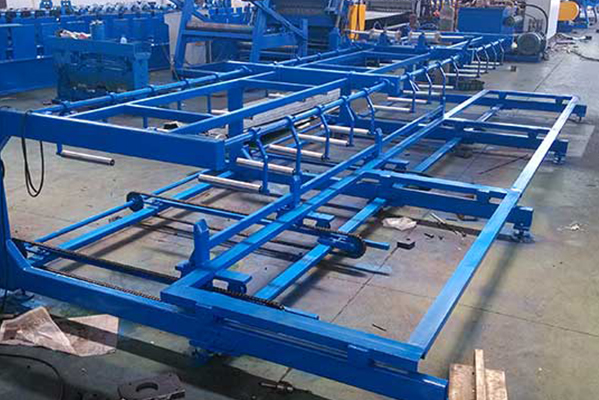Navigation Menu
Contact Us
- Email:
- info@wxavatar.com
- Address:
- Yurong Village, Yuqi Street, Huishan District, Wuxi, China.
Release Date:Mar 20, 2025 Visit:41 Source:Roll Forming Machine Factory
A stacker is a machine, device, or role designed to organize items into stable piles or layers, with its specific function varying across industries. Below is a breakdown of its roles in different contexts:
1. Material Handling & Warehousing
Pallet/Box Stackers: Automated or manual machines (e.g., forklifts, robotic arms) that lift and stack goods onto pallets or shelves. They optimize storage space and streamline logistics.
Container Stackers: Used in ports or logistics hubs to arrange shipping containers vertically or horizontally.
2. Mining and Bulk Material Handling
Stacker-Reclaimer Systems: Large machines that pile bulk materials (e.g., coal, ore) into organized stockpiles. Stackers work with reclaimers to manage inventory in mines, ports, or power plants.

3. Agriculture
Hay/Straw Stackers: Attachments for tractors or standalone machines that gather and stack hay bales or crop residues for storage or transport.
4. Technology & Machine Learning
Stacked Generalization: A meta-model ("stacker") that combines predictions from multiple machine learning models to improve accuracy in ensemble learning.
5. Manufacturing
Sheet or Product Stackers: Automate the stacking of products (e.g., metal sheets, paper, glass) during production for efficient packaging or processing.
Key Features Across Industries:
Efficiency: Maximizes space utilization and workflow speed.
Safety: Reduces manual labor risks and ensures stable stacking.
Automation: Many modern stackers are robotic or AI-driven, enhancing precision.
In summary, a stacker’s primary role is to organize materials systematically, with its design and application tailored to industry-specific needs.